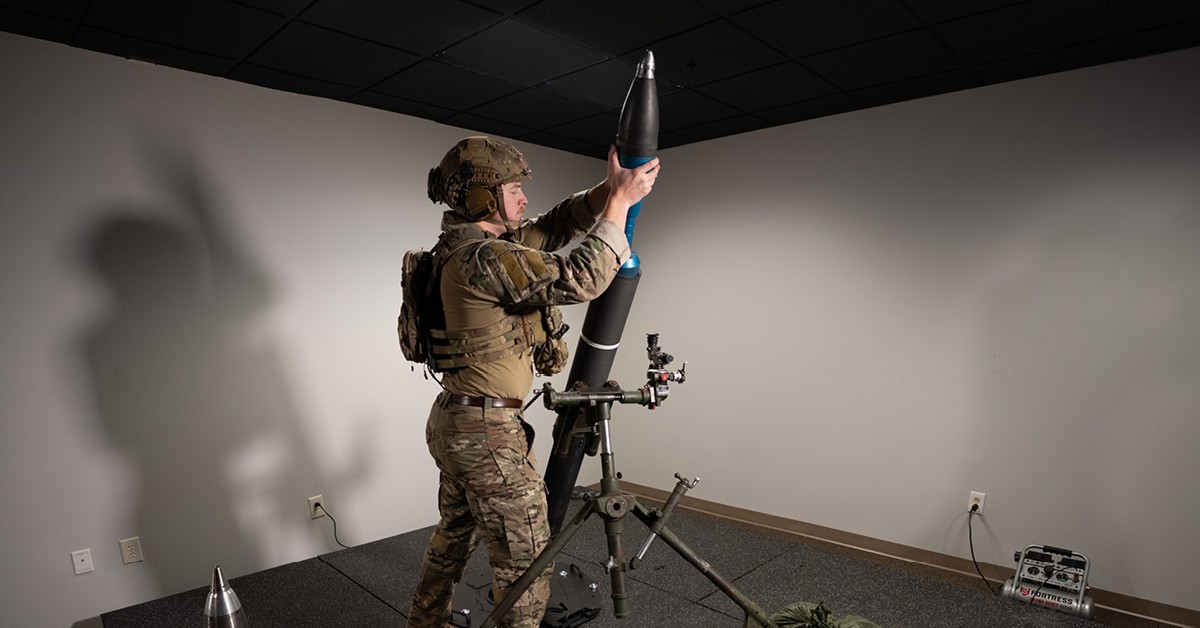Category: Military30.07.2025

Blast overpressure is a significant and growing concern in modern military and combat operations. In both training environments and actual combat zones, the high-energy shock waves generated can cause severe and sometimes invisible harm.
As military strategies evolve and weaponry becomes more powerful, it’s essential to have effective mitigation strategies like simulation-based training, protective equipment, and engineering controls to reduce the risks.
Blast overpressure is the abrupt, excessive increase in atmospheric pressure resulting from an explosion. Unlike the slower pressure changes experienced in aircraft or mountain environments, blast overpressure occurs in milliseconds and can exert violent force on the human body and surrounding structures..
The primary cause of blast overpressure is a high-energy explosive event that generates a rapidly expanding shockwave. These shockwaves radiate outward at supersonic speeds, increasing atmospheric pressure far beyond safe thresholds. In military contexts, blasts may originate from:
Blast events can lead to many different injuries based on the different mechanisms. Primary blast injuries are caused by the direct interaction of the pressure wave with the body, particularly involving gas-filled organs like the lungs, ears, and gastrointestinal tract.
Secondary blast injuries are caused by flying debris or shrapnel propelled by the explosion. Tertiary blast injuries occur when the person is thrown against objects or the ground by the force of the blast.
Blast overpressure typically refers to the primary effects, which are uniquely harmful because of their impact on internal systems and rapid onset. These injuries can occur without any visible external trauma, making them harder to detect and treat.
The effects of blast overpressure can be widespread, often targeting multiple body systems:
The short-term consequences of overpressure exposure may include headaches, disorientation, and temporary hearing loss. However, long-term exposure, especially repeated, low-level blasts, can result in cumulative cognitive deficits, PTSD-like symptoms, and chronic traumatic encephalopathy (CTE)-like conditions.
Emerging research has revealed the risks of subconcussive exposure, particularly during breaching operations and repeated training drills. These lower-level blasts may not cause immediate symptoms but can accumulate over time, leading to insidious neurocognitive decline. The possible risks of subconcussive exposure highlights the need for comprehensive monitoring and preventative strategies – even in “non-lethal” exposure scenarios.
The military relies on a multi-pronged mitigation approach to reduce the incidence and severity of blast overpressure injuries:
Structural and environmental designs can significantly reduce exposure:
Though PPE can’t eliminate all risks, it can help reduce the severity of injury:
Modern tracking systems offer personalized safety insights, such as blast dosimeters that record cumulative exposure and peak pressures. Tools like integrated sensors in helmets or uniforms also offer real-time data for post-exposure assessment and long-term health monitoring.
Regulatory oversight is vital for enforcing safe practices:
Simulation-based training is a cornerstone of modern blast overpressure mitigation. It provides immersive, controlled experiences that allow personnel to understand and prepare for blast effects without facing real-world risk.
Technological advancements have transformed the fidelity and impact of simulations:
Simulation-based training methods are preferred for several reasons, particularly safety. There are no physical explosives used, and the methods are safe, repeatable, and customizable. The training scenarios are highly adaptable and can be adjusted to suit the ideal training environment and goals. They’re also cost-effective in the long term and maximize training effectiveness while preserving personnel health. With digital tools, simulation-based methods can provide real-time performance metrics that can fine-tune training programs using objective data.
By comparison, traditional training involves real explosives that are dangerous for both trainers and trainees. There’s a higher risk of injury in the short- and long term, and explosives are expensive and logistically complex to use. The training scenarios are limited because of safety and costs.
As military doctrine evolves, programs are shifting from reactive response to proactive prevention. This means improved PPE and engineering, as well as smarter training, intelligent monitoring, and a culture of prioritizing long-term health.
Mitigating blast overpressure doesn’t involve one solution, but a dynamic process that combines smart design, protective equipment, exposure monitoring, and innovative simulation-based training. Prioritizing realistic but safe exposure experiences allows the military to provide better training and preparation for personnel while safeguarding their physical and mental health – both now and in the future.